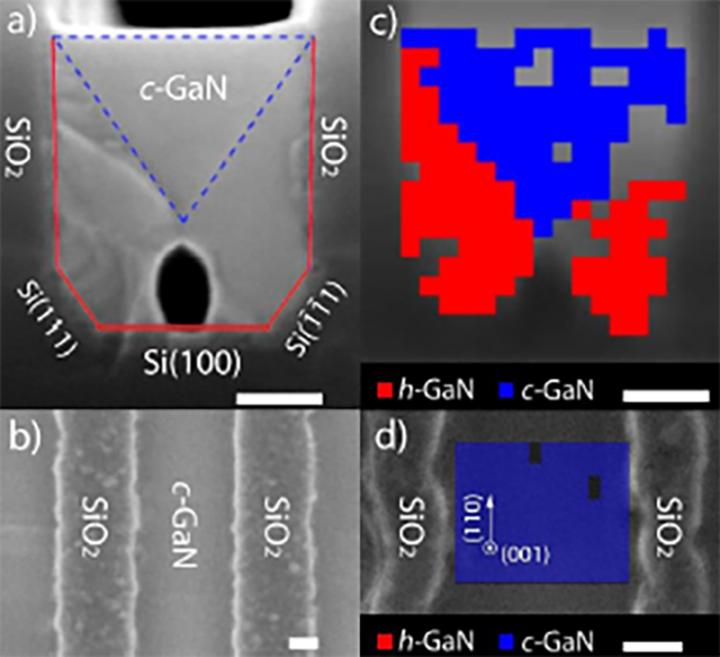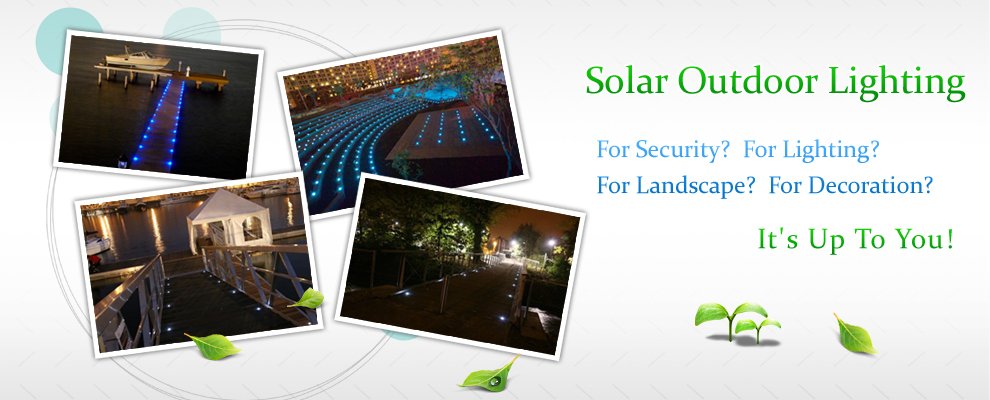Contact Person: Frivy Flex
E-mail: Frivy.Flex@iacslight.com
skype: fobfrivy@gmail.com
Add: Pengjiang Distribution, Jiangmen City, Guangdon Province, China
How to Make Green LEDs Brighter and More Efficient
Researchers on the University of Illinois at Urbana Champaign are suffering from a new way of making brighter and more efficient go-ahead-emitting diodes (LEDs). Using an industry-standard semiconductor growth technique, they've created gallium nitride (GaN) cubic crystals grown on the silicon substrate that are designed for producing powerful go-ahead for advanced solid-state lighting.
"The work is extremely revolutionary since it makes way for novel green wavelength emitters that will target advanced solid-state lighting over a scalable CMOS-silicon platform by exploiting the brand new material, cubic gallium nitride," said Can Bayram, a helper professor of electrical and computer engineering at Illinois who first began investigating this material while at IBM T.J. Watson Research Center back many years ago.
 |
"The union of solid-state lighting with sensing (e.g. detection) and networking (e.g. communication) allow smart (i.e. responsive and adaptive) visible lighting, is further poised to revolutionize the way we utilize light. And CMOS-compatible LEDs can facilitate fast, efficient, low-power, and multi-functional technology solutions with a reduced footprint and at an extremely affordable device price tag of those applications."
Typically, GaN forms in a couple of crystal structures: hexagonal or cubic. Hexagonal GaN is thermodynamically stable and is by far the greater conventional kind of the semiconductor. However, hexagonal GaN is prone to a phenomenon referred to as polarization, where an enclosed electric field separates the negatively charged electrons and positively charged holes, preventing them from combining, which, consequently, diminishes the sunshine output efficiency.
Until now, the only way researchers could actually make cubic GaN was to use molecular beam epitaxy, an incredibly expensive and slow crystal growth method as compared to the widely used metal-organic chemical vapor deposition (MOCVD) way in which Bayram used.
Bayram and the graduate student Richard Liu made the cubic GaN by utilizing lithography and isotropic etching to generate a U-shaped groove on Si (100). This non-conducting layer essentially served as a boundary that shapes the hexagonal material into cubic form.
"Our cubic GaN won't have an inside electric field that separates the charge carriers--the holes and electrons," explained Liu. "So, they could overlap so when that occurs, the electrons and holes combine faster to generate light."
Ultimately, Bayram and Liu believe their cubic GaN method may lead to LEDs free from the "droop" phenomenon containing plagued the LED niche for years. For green, blue, or ultra-violet LEDs, their light-emission efficiency declines as increasing numbers of current is injected, which is characterized as "droop."
"Our work suggests polarization plays a huge role within the droop, pushing the electrons and holes from one another, particularly under low-injection current densities," said Liu, who had been the very first author from the paper, ""Maximizing Cubic Phase Gallium Nitride Surface Coverage on Nano-patterned Silicon (100)", appearing Applied Physics Letters.
Having better performing green LEDs will open new avenues for LEDs generally solid-state lighting. For instance, these LEDs will give you energy savings by generating white light by having a color mixing approach. Other advanced applications include ultra-parallel LED connectivity through phosphor-free green LEDs, underwater communications, and biotechnology such as optogenetics and migraine treatment.
Enhanced green LEDs aren't the sole application for Bayram's cubic GaN, that may someday replace silicon to generate power electronics seen in laptop power adapters and electronic substations, also it could replace mercury lamps to generate ultra-violet LEDs that disinfect water.






